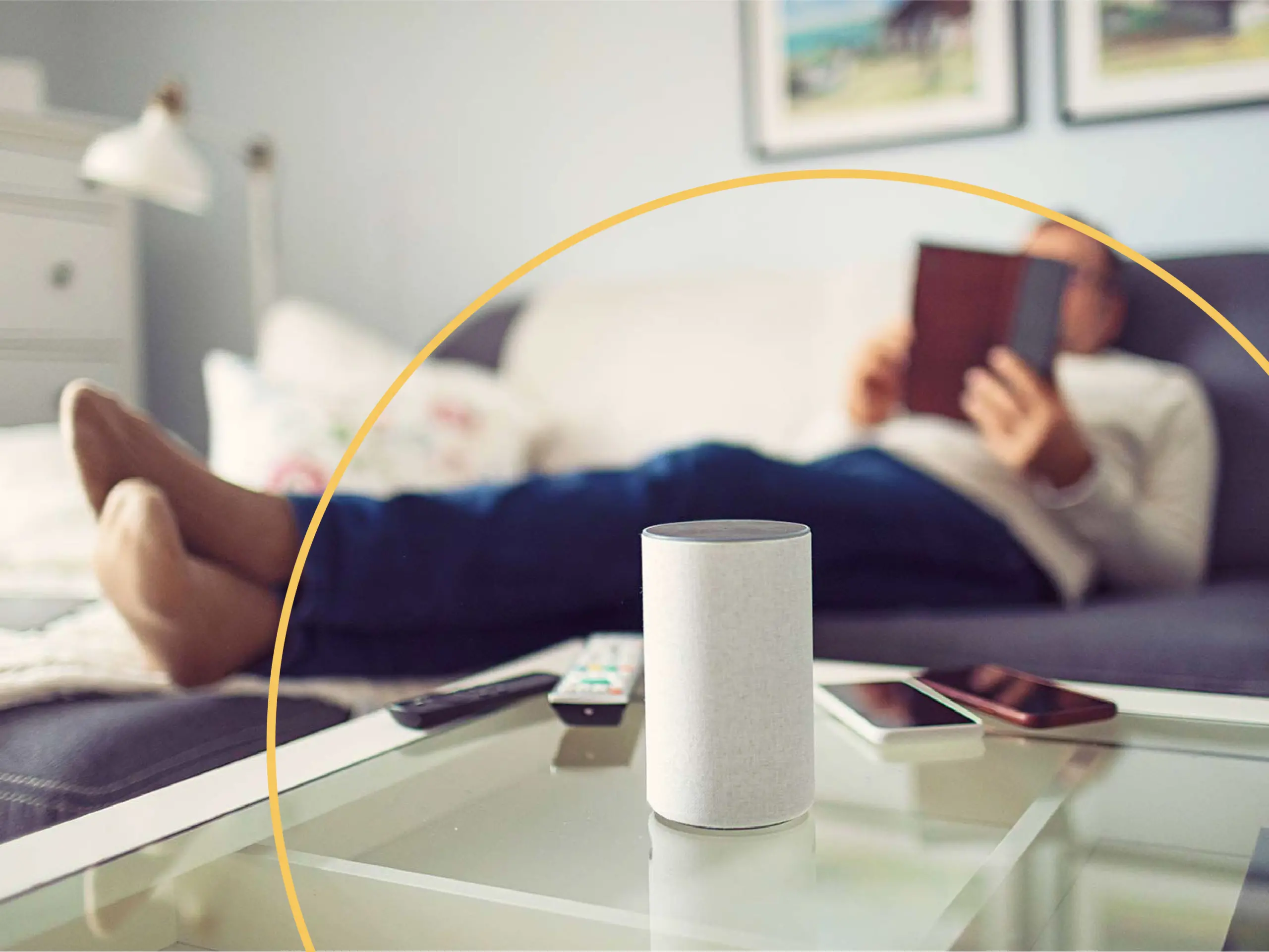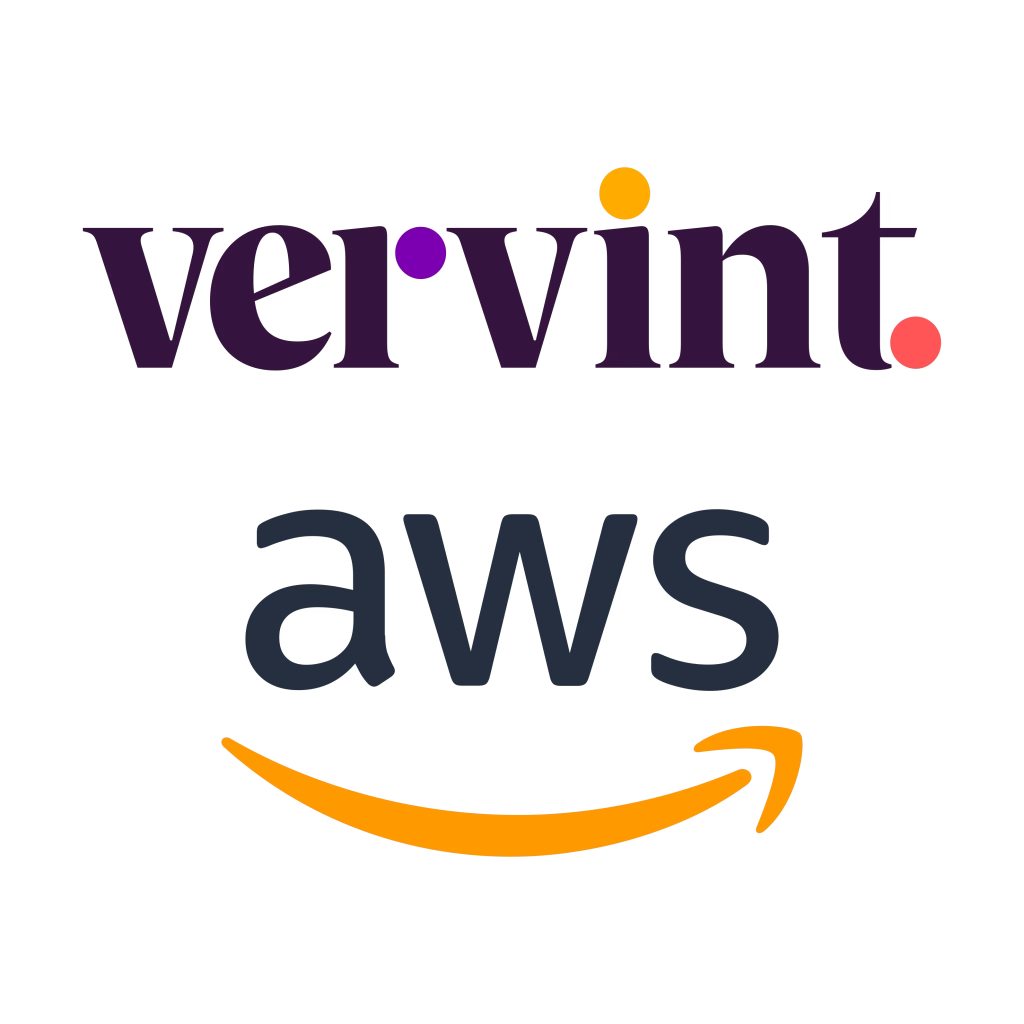So you want to innovate. But are you ready to compete?
Customers’ expectations of smart technology are increasing. They’ve raised the bar. Businesses have to answer important questions: Why are we building this? What are we hoping to achieve? If these questions are not answered, you risk losing the customer altogether. If customers are dissatisfied with a product, they have no problem rejecting it and moving to your competition.
Clarify Your Technology Vocabulary
The first step toward developing competitive product offerings is speaking the same language as the customer, including differentiating between smart products, connected products, and the Internet of Things (IoT).
What is the Definition of a Smart, Connected Product?
A smart product is one that creates data and anticipates change. Motion-activated light switches are an example of a basic smart product when it simply turns on or off when you enter and leave a room. But it can also go much further. Advanced smart light switches can learn your behavior and automatically create a workflow that makes your life more efficient. Smart devices are intelligent enough to pick up some of your responsibilities as a human or reduce your cognitive load in some way.
Connected Products
A connected product has both physical and digital components, and it connects to a platform. A connected light bulb goes beyond just detecting and automating. For example, it could be integrated with a mobile application that allows you to modify your experience with the light. Maybe you can change its color or dim the brightness. Perhaps you could program the light to be on or off at certain times of the day. These new functions of the bulb would be controlled within that mobile app.
The Internet of Things
IoT is an ecosystem of many products. If the lightbulb were part of an IoT ecosystem, such as a smart home, it would integrate (via a platform) with other smart devices that work together to enhance your life.

The Essential Connected Products Dictionary
Learn the language needed to navigate the IoT ecosystem.
Should You Create a Smart or Connected Product?
In today’s experience-driven consumer landscape, it’s not enough to just make a product that’s smart, connected, or part of the Internet of Things. Before developing a new product, you need to step back and ask important questions about its potential viability across multiple vectors:
- Why are you creating a product in the first place?
- Is it feasible, within your budget, to successfully launch this product?
- What consumer needs does this product address?
- How does your product enhance the experience of your end users?
- Is there room in the market for a new product like this?
- Is it possible to create this product with all of the features you envision (or even the essential features to provide the ideal consumer experience)?
- Does your team have the technical expertise to design, develop, and manage this product and the infrastructure needed to support it?
- How will you turn a profit on this product?
At the outset of product development, you need to understand what your end goal is in order to align your teams with a common purpose. These types of questions can help you understand and effectively communicate why you’re investing in this product. And sometimes the answers reveal a hard truth: just because you can make a smart device, it doesn’t mean you should.
Go Beyond Smart and Connected Product Design With Data Analytics
Before you develop a smart or connected product, you also need to consider what data you want (and need) to generate and how you will manage that data. This opens up a world of possibilities. What are the right questions to ask of your data? At the heart of a successful connected product is an effective analytics strategy that helps deliver a better experience to your customers and delivers deep, actionable insights to your business to drive innovation and new revenue.
Think Bigger and Move Forward With Vervint
At Vervint, we design, build, and manage large-scale IoT, mobile, and cloud solutions for global manufacturers. We will help you create a strategy, test your ideas, and create a proof of concept to get your connected product to market faster.
By connecting the previously unconnected, we help our customers be more competitive and grow their business with actionable, data-driven insights.
Learn more about Vervint’s IoT and connected product capabilities. Or contact us to start the conversation.


